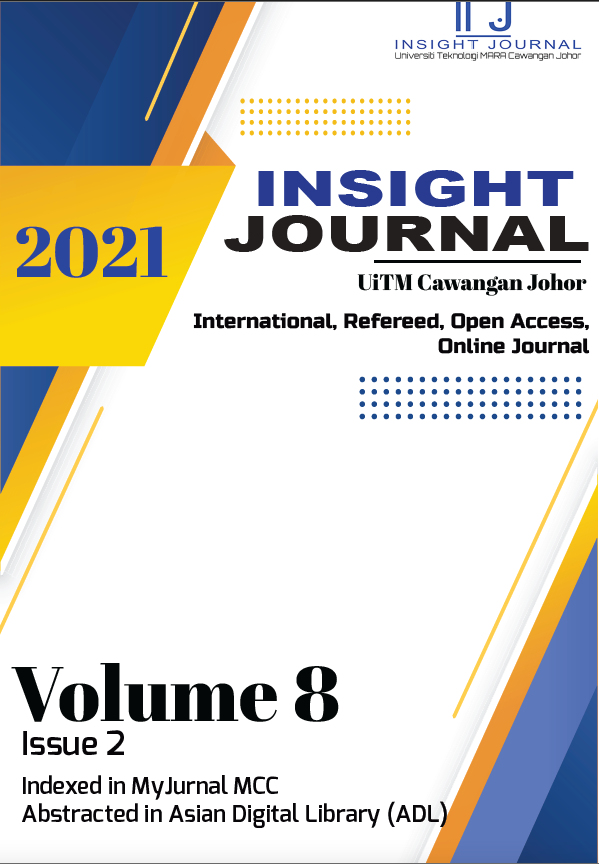Readability of Digital Display
Keywords:
legibility, visibility, readability, visual aids, teaching & learningAbstract
Digital display has been widely used as visual aids nowadays to enhance learning. Visual aids enhance the audience engagement and learning experience. However, it can turn into a source of distraction or annoyance if not used properly. Luminance and chromatic contrast can impact the visibility, legibility, and readability of the digital display. This study aims to provide a better understanding of the illumination setting of digital display and its impact on the learner’s readability at a six meters’ viewing distance. Methods: The background illumination for Microsoft Office PowerPoint was pre-set at one-quarter (25%), half (50%), three-quarter (75%), and full (100%) transparency levels in the legibility investigation. Four texts were constructed with the same word count of sixty-three words and four to twelve related words per sentence. The font, colour, alignment of the texts were standardized. Readability was inferred from the reading speed measurement to complete a digital text display projected at six meters. Results: Variation in reading performance was found at the viewing distance of six meters (F=2.83, p<0.05). Readability was significantly affected by different background illumination settings. It was interesting to unearth that the optimum readability was at 75% transparency level, but not in a complete transparency setting. Conclusions: It is generally accepted that high luminance contrast enhances visibility and legibility. Optimum readability at a three-quarter transparency level found in our study has prompted the need for further contrast investigation on the relationship between visibility, legibility and readability in different durations of digital display exposures.







